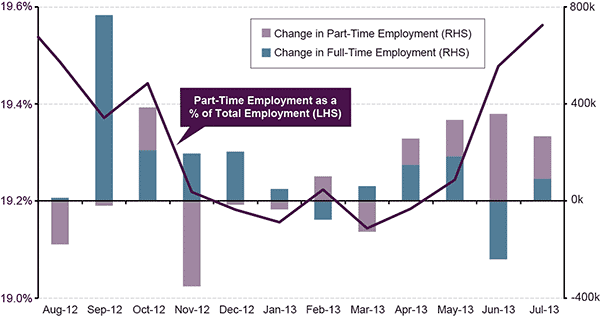Stocks & Equities
If you want to hear a rosy view on the market, you’d better not listen to Marc Faber .
The editor and publisher of the Gloom, Boom & Doom Report has long held that a correction was coming—and even though that thesis has not exactly played out this year, he’s standing by it.
“In my view, we’ll go back to the lows in November 2012—around 1,343” in the S&P 500 Faber said. Overall, he considers U.S. equities a “better sell than a buy.”
Here are his three three main reasons for his bearish view.
Reason one: The U.S. will follow emerging markets down
It hasn’t been an easy summer for emerging markets. In the period of a month and a half, the iShares MSCI Emerging Markets ETF (which tracks emerging markets’ large- and mid-cap stocks) lost nearly 20 percent of its value and has hardly bounced back from the lows.
That has made the U.S. market an outperformer, but Faber believes it cannot last. In fact, he said, U.S. equities could be hurt by their relative costliness.
“When emerging markets go down and the S&P goes up, the asset allocators say, ‘Do I want to buy the S&P near a high, or do I venture back into emerging economies that are down 50 percent from their highs, like India or Brazil and so forth?’ So you understand that the pool of money can flow back into emerging markets,” Faber said.
 Reason two: The Middle East will become a “disaster”
Reason two: The Middle East will become a “disaster”
The stock market has lately been hurt by the concerns about U.S. military action against Syria. In fact, the market lost half of its gains last Tuesday when House Speaker John Boehner (R.-Ohio) said that he would support President Barack Obama ‘s plan to strike Syria. But Faber believes we haven’t seen anything yet.
“The Middle East is a powder keg, and it will go up in flames because the Western imperialistic powers, they still meddle into the local affairs,” Faber said. “It’s going to be a disaster. And it’s going to strike from Syria and Egypt into Saudi Arabia, into the Emirates eventually, and so forth and so on, and you’re going to have a huge mess.”
Reason three: Interest rates have become a headwind
Before Syria became a concern for the market, the focus was clearly on interest rates. Though Fed easing has kept rates low by historical metrics, “the interest rate has doubled on the 10-year Treasury note” since the July 2012 low, “despite Mr. Bernanke’s maddening asset purchases since September 2012,” Faber said.
So what does that mean for the market?
“Interest rates are no longer a tailwind” but are now “a headwind,” Faber declared, adding that yields will drop even further. In fact, he advocates buying bonds as a safety trade, because he thinks that after the market drops, deflation concerns will come to the fore.
You can read more market comments at http://www.marcfabernews.com

The US employment number was soft this morning coming in at 169K vs the expected 180K. However the surprise was in the revision lower for the July employment number from 162K orginally printed to only 104K!
Drew Zimmerman
Investment & Commodities/Futures Advisor
604-664-2842 – Direct
604 664 2900 – Main
604 664 2666 – Fax
800 810 7022 – Toll Free

 Despite disappointing economic data, there continues to be widespread expectations of a period of stronger economic growth just ahead. This growth mirage draws thirsty investors and increases the likelihood that interest rates will continue rising over the near-term.
Despite disappointing economic data, there continues to be widespread expectations of a period of stronger economic growth just ahead. This growth mirage draws thirsty investors and increases the likelihood that interest rates will continue rising over the near-term.

BlackBerry shares were up for the third consecutive day as investors responded to reports that the smartphone maker wants to launch an auction process sooner rather than later.
The company’s stock rose 32 cents to close at $11.60 on Thursday.

 Canada’s economy shifted into lower gear in the second quarter and the economy contracted in the month of June for the first time in six months, partly affected by a Quebec construction strike and flooding in Alberta.
Canada’s economy shifted into lower gear in the second quarter and the economy contracted in the month of June for the first time in six months, partly affected by a Quebec construction strike and flooding in Alberta.
Gross domestic product grew by 1.7 per cent, annualized, in the quarter, Statistics Canada said on Friday, slowing from 2.2 per cent growth in the second quarter. Statscan revised down the second-quarter number from 2.5 per cent initially.












